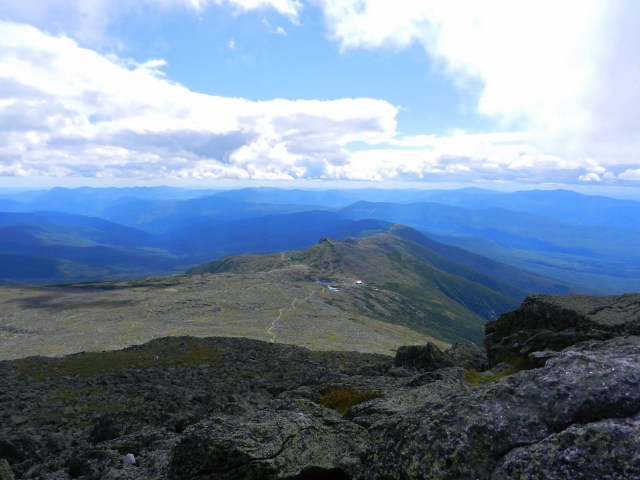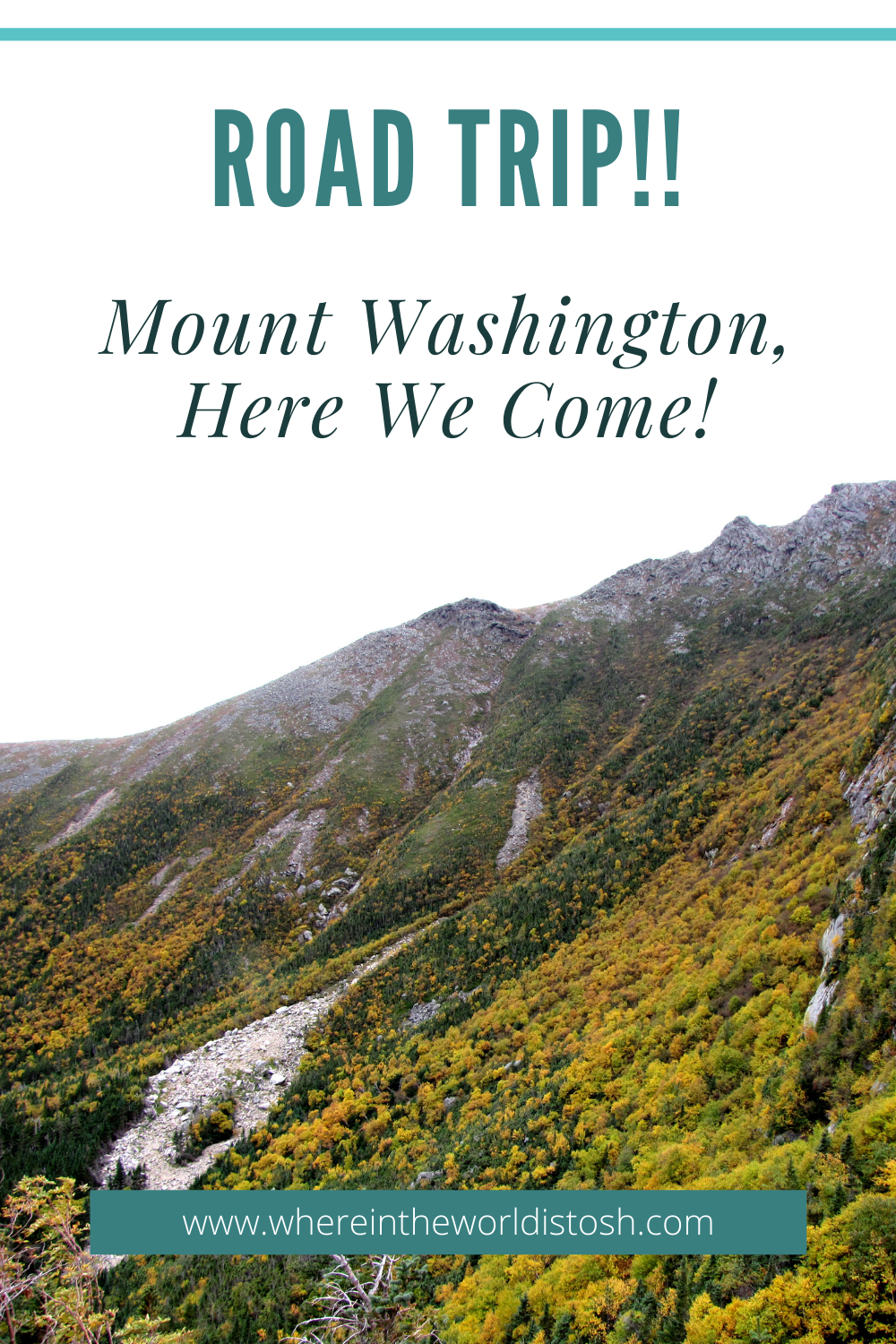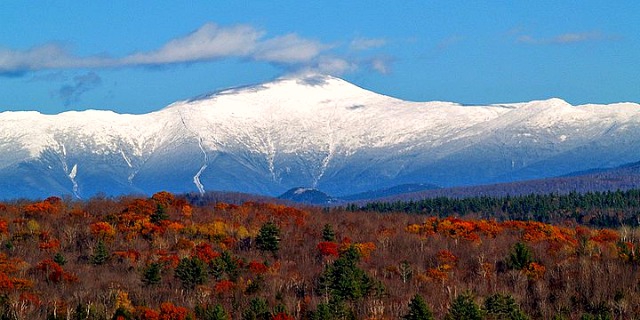This post contains affiliate links to products and or services. I may receive a small commission for purchases made through these links, but with no additional costs to you.
Road trip!!! This weekend, I am hiking up Mount Washington in New Hampshire with my sister and a friend of hers. This is definitely a bucket list type of climb for the skilled and not so skilled hiker alike. We wanted to take a road trip to the north east area of the States for awhile now, especially during autumn to admire and photograph the colourful fall leaves, which should be in full swing (fingers crossed) when we get there.

Most commonly referred to as the world’s most dangerous small mountain, the conditions on Mount Washington are notorious for changing at the drop of a hat. One minute you could be walking along, wind calmly blowing through your hair, 5 minutes later you are battling gusting winds and maybe even rain or snow. You can’t compete with Mother Nature, so try to bring layers to keep yourself well prepared for any condition that comes your way.
Mount Washington sits at a whopping 6,288 feet and is the highest peak in the North Eastern United States. The upper part of the mountain has a climate similar to that of northern Labrador and has a variety of alpine flora and fauna around the trails.

Some suggested routes that you may take vary from easy to strenuous. Depending on your fitness and skill level, you’ll want to study up on the trails and what they entail before embarking up the mountain. The most popular trail to the summit is the Tuckerman Ravine Trail. The Boott Spur Trail offers better views and is slightly longer, but apparently it is less strenuous than the Tuckerman Ravine Trail. Lastly, The Lion Head Trail is approximately the same length as the Tuckerman Ravine Trail. It also offers better views, but it has steeper areas and is usually a bit more rough, so make sure you’ve got some sturdy hiking shoes! Nobody likes a rolled ankle! Ain’t nobody got time for that! The most important thing to remember about the difficulty of the trip is that the altitude gain of around 4,000 feet from base to summit. You may experience some dizziness or feeling light headed. Don’t panic, take your time, drink a lot of water and as they say, keep calm and carry on.

I can’t wait to update you guys on this crazy adventure and how it goes. Hopefully I’ll be able to walk after this, considering it’s about a 6 hour walk up. Oh, boy!
For a list of 10 essentials for a safe and happy hike, click HERE.
For anymore information regarding Mount Washington or hiking in the White Mountains, click below.
https://www.mountwashington.org/visit-us/getting-and-staying-here/
http://www.hikingbeginner.com/Hiking_Safety_Tips.html
Photo credits in order of appearance listed below:
source
source
source
source


